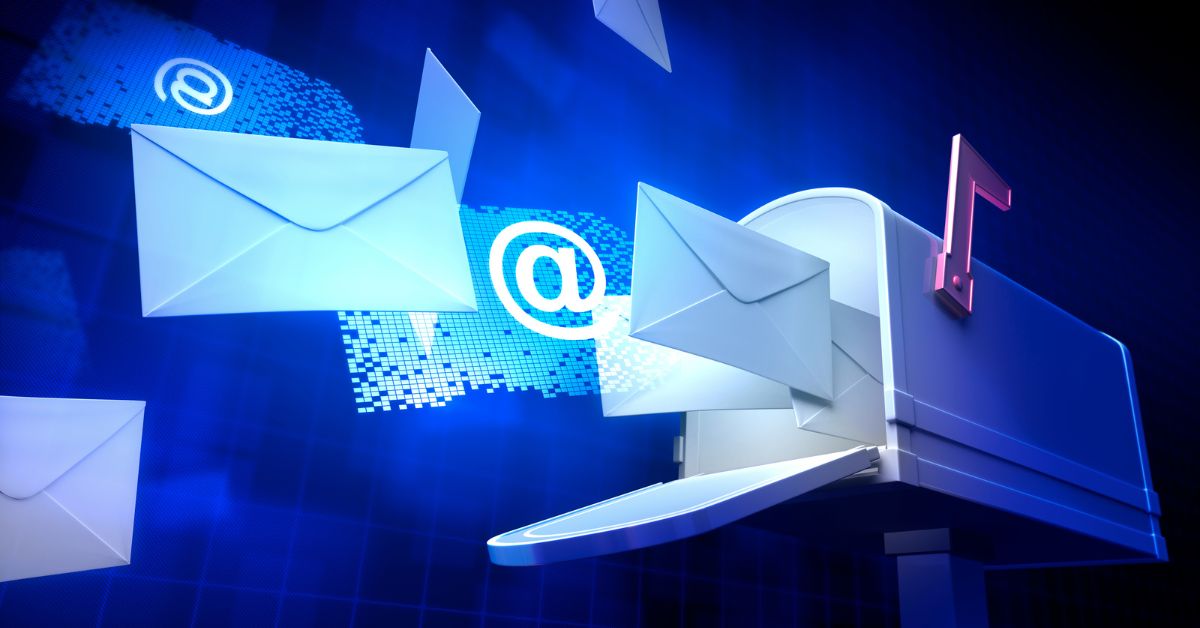Email is still a very important way for people and organizations to communicate in today’s digital age.However, as email usage continues to grow, so does the risk of cyber threats and fraud. Email forensics plays a crucial role in investigating email-related cybercrimes, providing valuable insights into the origin, content, and authenticity of electronic messages. In this guest post, we’ll delve into the world of email forensics, exploring its importance, methodologies, and tools used by experts in the field.
Understanding the Importance of Email Forensics
Email forensics is the process of examining electronic messages to uncover evidence related to cybercrimes, such as phishing attacks, email fraud, or data breaches. With the increasing reliance on email for both personal and professional communication, understanding and addressing email-based threats have become more critical than ever. By conducting a thorough forensic analysis of email data, investigators can identify the source of an attack, assess the extent of the damage, and gather evidence for legal proceedings. Additionally, the insights gained through email forensics can help organizations improve their security measures and mitigate future risks.
Key Concepts in Email Forensics

To better understand email forensics, it’s essential to familiarize yourself with the following key concepts:
Email Headers: The metadata of an email, which includes information about the sender, recipient, date, and routing details. Email headers can provide valuable clues during a forensic investigation, such as determining if the sender’s address has been spoofed or identifying possible routes taken by the message through various mail servers.
Email Protocols: The set of rules governing the transmission and reception of email messages. Common email protocols include SMTP (Simple Mail Transfer Protocol) for sending messages, POP3 (Post Office Protocol) for downloading messages from a server, and IMAP (Internet Message Access Protocol) for accessing messages stored on a server. Understanding these protocols is essential for email forensic investigators to reconstruct the path of an email, identify potential vulnerabilities, and analyze the communication between email clients and servers.
Email Authentication: Techniques used to verify the identity of the sender and ensure the integrity of the message. Examples of email authentication methods include SPF (Sender Policy Framework), which checks if the sender’s IP address is authorized to send email on behalf of the domain; DKIM (DomainKeys Identified Mail), which uses digital signatures to confirm the message’s authenticity and integrity; and DMARC (Domain-based Message Authentication, Reporting, and Conformance), which builds on SPF and DKIM to provide a comprehensive framework for email authentication. Understanding email authentication techniques can help investigators detect and analyze spoofed emails and phishing attempts.
Email Artifacts: Pieces of information that can be extracted from an email message, such as attachments, embedded images, or links. These artifacts can serve as valuable evidence during a forensic investigation, revealing the intent of the sender, the content of the message, and possible indicators of compromise (IOCs). For example, analyzing an attachment may reveal malware or other malicious content, while examining embedded images or links could expose phishing URLs or other signs of a cyber attack.
Email Forensic Methodologies
Email forensic investigations typically follow a structured methodology to ensure a comprehensive and systematic examination of the evidence. Here’s an overview of the key steps involved in an email forensic investigation, explained in greater detail:
Preparation: Before starting the investigation, it’s essential to define the scope, objectives, and potential legal implications of the case. This may involve assembling a team of experts, such as a Computer Forensics Company in Miami, to assist with the process. The preparation phase also includes assessing the technical environment, securing access to email data, and establishing a secure workspace for the investigation. This may involve working with IT personnel to obtain necessary permissions, ensuring the proper preservation of evidence, and setting up a dedicated system for analysis.
Data Acquisition: The next step is to collect all relevant email data, including messages, headers, and artifacts. It’s important to use forensically sound techniques to preserve the integrity of the evidence and maintain a clear chain of custody. Data acquisition methods may include email server access, mailbox exports, or email client backups. During this phase, investigators should also create a detailed inventory of the collected data, documenting the source, format, and any associated metadata.

Data Analysis: Once the data has been acquired, investigators will analyze it using various techniques and tools. This may involve examining email headers to identify sender and recipient information, timestamps, and routing details; authenticating sender information using SPF, DKIM, and DMARC records; and analyzing email artifacts such as attachments, embedded images, and links. Data analysis can help uncover hidden evidence, such as phishing URLs, malware attachments, or spoofed sender addresses. Additionally, investigators may use advanced search and filtering techniques to identify patterns of behavior, correlations between messages, or other relevant findings.
Reporting: After the analysis is complete, the findings are documented in a detailed report. This report may be used to support legal proceedings, inform remediation efforts, or guide future security improvements. A well-structured report should include an executive summary, a description of the incident, a timeline of events, the investigative methodology, findings, recommendations, and any relevant supporting documentation. The report should also address any limitations or uncertainties in the analysis and provide a clear rationale for the conclusions drawn.
Tools Used in Email Forensics
Several specialized tools can assist in email forensic investigations. Some of these tools include:
Email Header Analysis Tools: These tools help investigators extract and analyze information from email headers, such as sender and recipient details, timestamps, and routing information. Examples of email header analysis tools include EmailTrackerPro, MXToolbox, and MessageHeader. These tools can aid in identifying potential anomalies in the email headers, which could indicate spoofing or other malicious activities.
Email Authentication Tools: Email authentication tools can be used by investigators to confirm the identity of the sender and the accuracy of the message. These tools are helpful in identifying fraudulent emails or phishing attacks by ensuring that SPF, DKIM, and DMARC protocols have been correctly implemented. Some commonly used email authentication tools are DMARC Analyzer, DKIMValidator, and SPFChecker.
Email Artifact Extraction Tools: These tools assist in extracting various artifacts from email messages, such as attachments, embedded images, or links. Examples of email artifact extraction tools include MailXaminer, Aid4Mail, and Forensic Email Collector. By analyzing these artifacts, investigators can gain insights into the content and intent of the message, as well as uncover potential IOCs or other signs of a cyber attack.
Email Search and Analysis Tools: Email search and analysis tools help investigators quickly locate and analyze relevant messages within large volumes of email data. These tools can be invaluable in identifying patterns of behavior or uncovering hidden evidence. Some popular email search and analysis tools include Nuix, Relativity, and X-Ways Forensics. These tools often feature advanced search capabilities, such as keyword searches, regular expressions, and Boolean operators, allowing investigators to efficiently sift through large datasets and pinpoint relevant messages.
Conclusion
Email forensics is a critical aspect of investigating email-related cybercrimes, providing valuable insights into the origin, content, and authenticity of electronic messages. By understanding the key concepts, methodologies, and tools used in the field, organizations can better prepare for and respond to email-based threats. In some cases, partnering with a professional computer forensics company, can provide the expertise and resources needed to conduct efficient and thorough investigations, helping to mitigate legal and financial risks while improving overall security posture.




